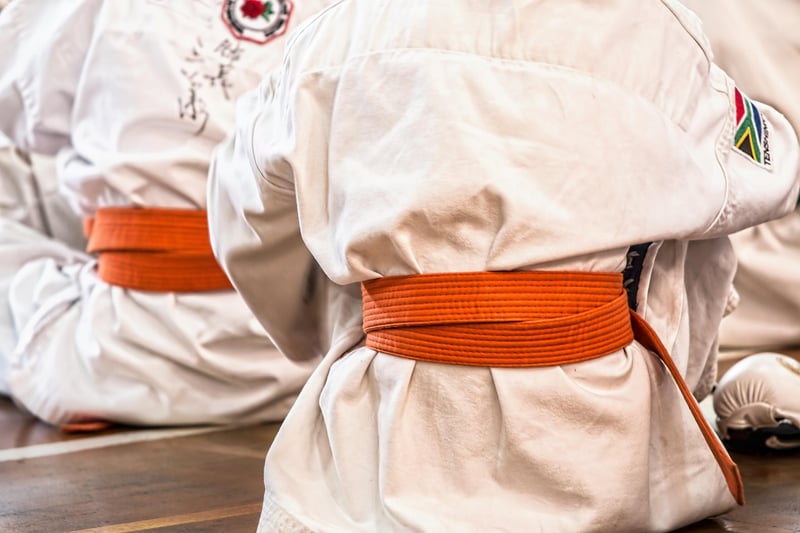Taekwondo
The Art of Taekwondo: Discipline and Self-Defense Techniques

Introduction to Taekwondo
Taekwondo is a Korean martial art known for its emphasis on kicks, punches, and strikes. It combines combat techniques, self-defense, sport, exercise, and philosophy. Taekwondo practitioners develop not only physical strength but also mental discipline.
Discipline in Taekwondo
One of the fundamental aspects of Taekwondo is discipline. Practitioners are taught to respect their instructors, follow the rules of the dojang (training hall), and adhere to a code of conduct. This discipline extends beyond training sessions and becomes a way of life for many practitioners.
Self-Defense Techniques
While Taekwondo is a martial art that focuses on self-discipline and personal development, it also equips practitioners with effective self-defense techniques. These techniques include strikes, blocks, kicks, and grappling moves designed to neutralize threats and protect oneself in dangerous situations.
Benefits of Learning Taekwondo
- Improved physical fitness and flexibility
- Increased mental focus and concentration
- Enhanced self-confidence and self-esteem
- Effective self-defense skills
- Stress relief and emotional well-being
Training in Taekwondo
To excel in Taekwondo, consistent training is essential. Practitioners progress through different belt levels, each requiring the mastery of specific techniques and forms. Training sessions typically include a combination of basic movements, patterns (forms), sparring, and self-defense drills.
Conclusion
Taekwondo offers not only physical fitness and self-defense skills but also a path to personal growth and self-discovery through discipline and practice. Whether you are looking to improve your physical fitness, learn self-defense, or cultivate mental discipline, Taekwondo provides a holistic approach to martial arts training.
Begin your journey in Taekwondo today and experience the transformative power of this ancient martial art.
Image Source: Pixabay
